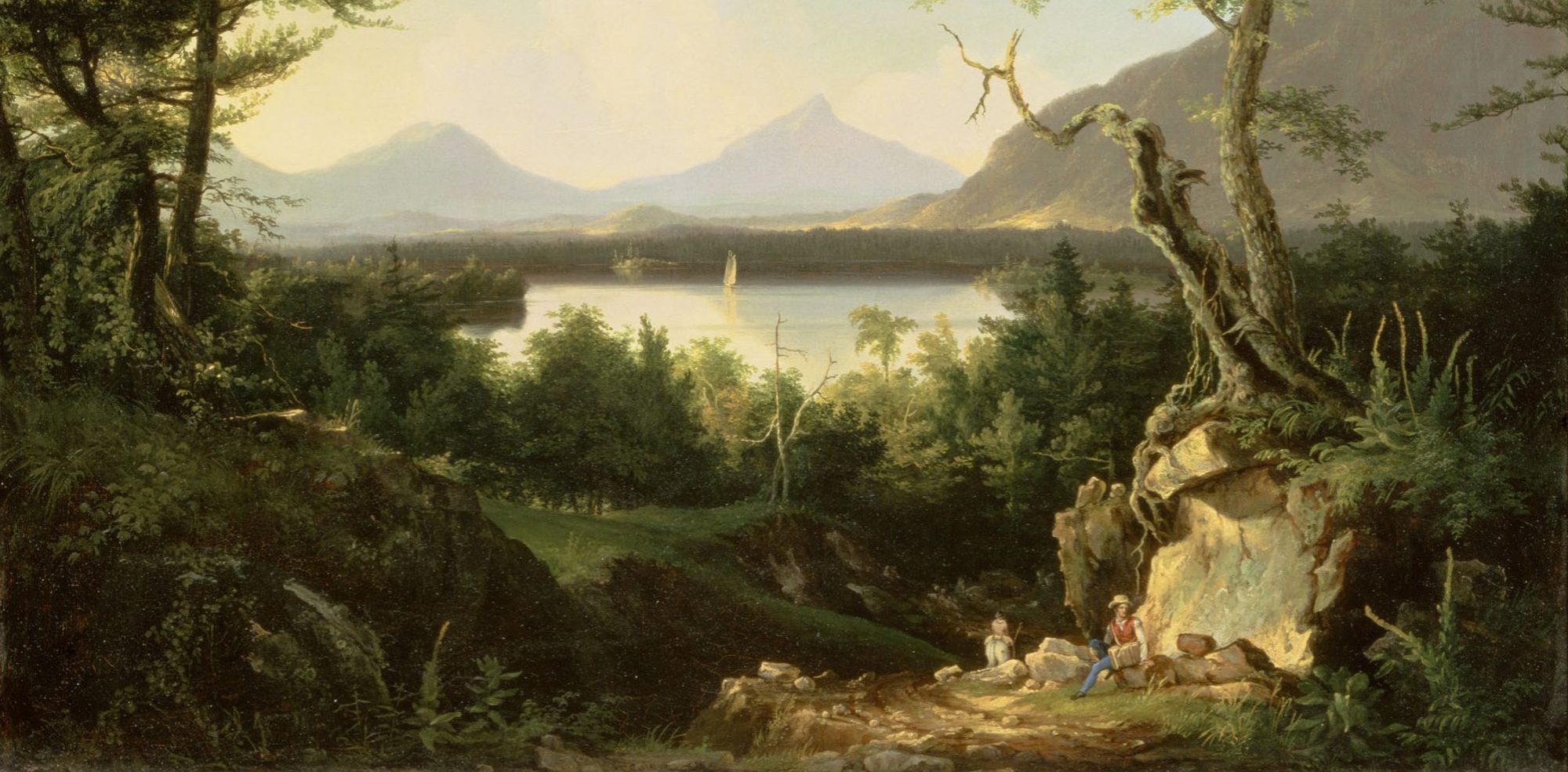Alice Cary was a 19th century American poet. Born in 1820, she grew up in rural Ohio, on a family farm run by her father William. Although living far from any schools and lacking formal education, Alice was an avid reader with a thirst for knowledge. She and her sister Phoebe started writing poetry in their teens, and by 1850 they had gained enough literary prominence to move to New York City where they both continued to write and publish, moving in high society circles.

In this post I am going to share Alice’s poem “November”. In it she draws on the simple images from the natural world, using them as an analogy for human life. Her message is hopeful and encouraging, reminding us that no matter how difficult things may seem, ‘the Spring will be sure to come’.
English language learners – don’t miss the vocabulary exercises at the bottom of the post.
The leaves are fading and falling,
The winds are rough and wild,
The birds have ceased their calling,
But let me tell you my child,
Though day by day, as it closes,
Doth darker and colder grow,
The roots of the bright red roses
Will keep alive in the snow.
And when the Winter is over,
The boughs will get new leaves,
The quail come back to the clover,
And the swallow back to the eaves.
The robin will wear on his bosom
A vest that is bright and new,
And the loveliest way-side blossom
Will shine with the sun and dew.
The leaves to-day are whirling,
The brooks are all dry and dumb,
But let me tell you my darling,
The spring will be sure to come.
There must be rough, cold weather,
And winds and rains so wild;
Not all good things together
Come to us here, my child.
So, when some dear joy loses
Its beauteous summer glow,
Think how the roots of the roses
Are kept alive in the snow.
VOCABULARY EXERCISES
The answer key is available here, but try to do the exercises by yourself first.
A. Find the words in the poem with the following meaning:
- a green plant; a three-leaf one is considered to be a symbol of good luck
- a branch of a tree, usually the main one
- the edge of a roof that sticks out over the walls; some birds like to nest there
- tiny drops of water that form on the ground during the night
- a small stream
- a flower on a tree or bush
- parts of a plant that grow under the ground
B. Identify the following birds mentioned in the poem:

2.

3.



Spring is not capitalized!
LikeLiked by 1 person
Well spotted! I’ve just corrected it, thank you for the comment!
LikeLike